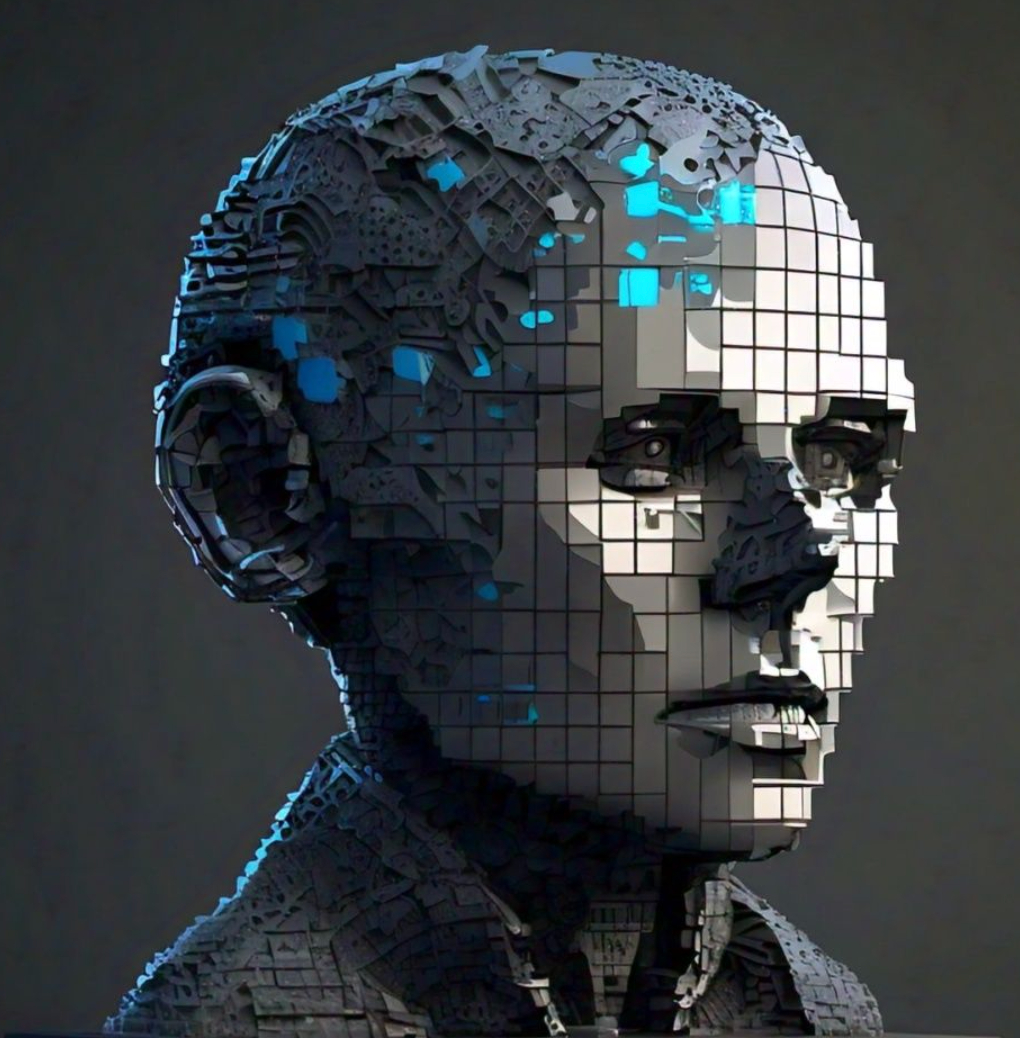Table of Links
2 Brief Overview of CtmR, a Robot with a CTM Brain
2.2 Conscious Attention in CtmR
2.3 Conscious Awareness and the Feeling of Consciousness in CtmR
2.4 CtmR as a Framework for Artificial General Intelligence (AGI)
3 Alignment of CtmR with Other Theories of Consciousness
4 Addressing Kevin Mitchell’s questions from the perspective of CtmR
7 Appendix
7.1 A Brief History of the Theoretical Computer Science Approach to Computation
7.2 The Probabilistic Competition for Conscious Attention and the Influence of Disposition on it
2.4 CtmR as a Framework for Artificial General Intelligence (AGI)
Before we indicate CtmR’s alignment with a number of major theories of consciousness, we remark on CtmR’s potential to serve as a framework for constructing an Artificial General Intelligence (AGI). This is a result of CtmR’s global architecture (kindred to arguments made for global latent workspace by (VanRullen & Kanai, 2021)) and, at the same time, the result of an essential difference between CtmR and Baars’ global workspace. CtmR has no Central Executive. This is a feature, not a bug. It enables CtmR to become an AGI (Blum & Blum, 2023):
The competition to get information on stage considers the |weight|ed information submitted by a huge collection of (N) processors. And it does this quickly (log2 N steps). This enables CtmR to engage processors to solve problems, even though CtmR does not know which of its processors might have the interest, expertise, or time to do so. [KM15]
Specifically, if CtmR has a problem to solve, meaning that one (or several) of its LTM processors has a problem, the processor can submit the problem into the competition as a highly |weight|ed chunk. If no other chunks are highly |weight|ed, the chunk wins with high probability and becomes globally broadcast to all processors. Processors with the interest, expertise and time to work on the problem will respond with appropriately |weight|ed chunks. In this way, unexpected ideas (from unexpected sources) may turn out to have relevance to solving the problem, and useful collaborations can emerge. [KM15]
A Central Executive would have to know which processors had the inclination, expertise, and resources to solve problems as they arise, and figure this out quickly. Baars’ does not say how a Central Executive could do this. [KM15]
More generally, we predict that a Central Executive is not needed for consciousness or for general intelligence; indeed, it might prove to be an impediment.
This paper is available on arxiv under CC BY 4.0 DEED license.

